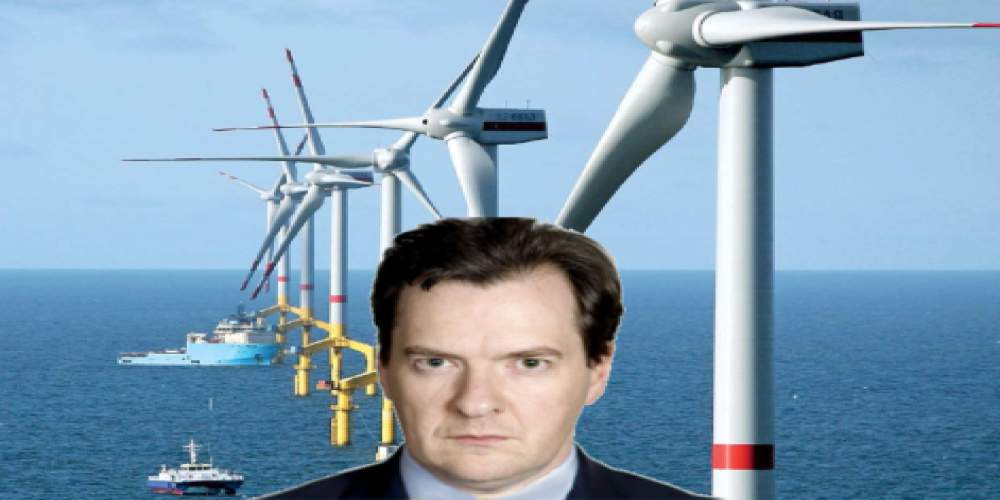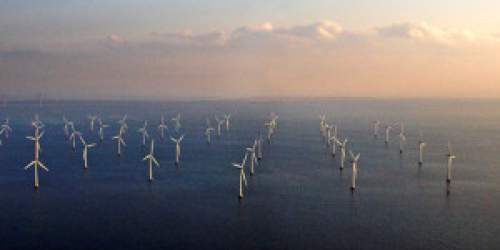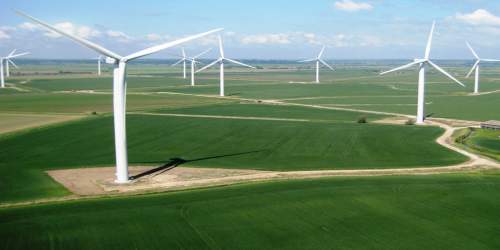Offshore Wind Politics[/caption] Would it be considered fair for the Chancellor of the Exchequer, George Osborne, to cut down the pensions of the poor while making an offer to the Duke of Roxburghe of around a million pounds a year just to let the wind industry flourish? Would it also be considered fair to make an offer of £500k to the Earl of Moray, £250k to the Duke of Beaufort, Sir Alastair Gordon Cumming and Sir Reginald Sheffield, as well as a third of a million to the Earl of Glasgow? Can it be considered fair to make a promise of around £1bn to be given to Charles Connelly over the next quarter of the century? These are just some of the questions that can be asked of anybody who is a close observer of the current renewable market sector in the United Kingdom.
It’s not really about being egalitarian, as many believe. Austerity in public finances affects nearly all of us, in one way or another and obviously, it is important to make changes for the greater good. However, some experts harbor a belief that George Osborne is going beyond the definition of smooth. If defined in a simple sentence, the energy policy of Britain is nothing short of chaotic. It is not coherent at all, moving from fashion to fad, with a large amount of taxpayer's money available and a host of different lobbyists trying their hardest to defend it. Throughout the history of public subsidy, you wouldn't find another example of such a vast amount of money being paid out to such a small amount of people.
The Chancellor recently made an announcement that the finances available for onshore wind turbines will be reduced so that the finances for offshore wind turbines can be increased, and even though this message was accepted with positivity, it fails to be backed by reasoning. Even though off shore wind turbines can't be seen in the nearby surroundings, they are vastly more expensive and certainly more inefficient in the long run, than their on shore counterparts. Even though George Osborne announced a large subsidy for it, the plan to erect around 240 wind turbines straight down the middle of the Bristol Channel has been abandoned, as they were considered to be relatively uneconomic. This vast wind farm could have resulted in an investment of billions, all of which would make nuclear power look like a relatively cheap bargain.
Some experts say that they have a sympathy with the wind lobby in certain regards. The members of the wind lobby, for starters, are trying to make an honest earning, and as a result have to make plans quite far ahead into the future. Around a year ago, the wind lobby was informed by Chris Huhne, the most fanatical subsidizer of wind energy, to plan for the construction of around 10,000 on shore wind turbines. Public money to be poured into the project was considered to be 'unlimited'. A lot of promises were made in regards to contracts. It was stated that the offshore wind sector, on its own would be able to generate more than 20,000 jobs in Britain. However, it all turned out to be fruitless.
Siemens, the German behemoth is responsible for the construction of wind turbines in Britain and primarily, it does not rely upon the policy of the British Government when it comes to investing, resulting in the absence of large-scale UK based employment on these projects. The direct competitor to Siemens, Vestas, has already stopped construction on a plant in Kent, while Doosan, a South Korean company has also stopped construction on another plant in Glasgow. It is said (and this is subject to some conjecture) that the total amount of energy that is needed in order to mine the 'rare minerals' required to build the off shore turbines as well as the costs of building, importing and then erecting the turbines means that there are more resources being used than could possibly be generated over the life of the turbine. Renewable UK, an industry lobby, revealed earlier that the decision to cut subsidies was deplorable, and it believed that this was probably a political decision. Needless to say, the industry lobby was spot on.
It is expected that turbines will be installed all around Cornwall and will move all through the North Devon coast. These turbines will also stretch along the Dorset shore. Another stretch will be created from Offa's Dyke from Shropshire to Gwent, while a single large sized turbine will be installed on Clyro Hill, facing the Wye Valley. The Cambrian Mountains, which were considered to be desolate at one point, will now be used as an estate to erect a total of 840 turbines which will fill up views in all directions. Cambridge, Nottingham and Northampton are just some of the places in which the erection of turbines is already gathering pace. The turbines located in Heckington Fen in Lincolnshire are likely to be taller than the Lincoln Cathedral itself. It is expected that turbines will also be installed in the Forest of Bowland in Lancashire, while they will also be installed near the Spurn point off the Humber as well as the Bronte County of Yorkshire. Turbines are also expected to make an appearance along the coastline of Northumberland, and it is expected that around 70 turbines will be installed there.
Never before has the landscape of Britain been subjected to such a massive transformation visually. Even though industrial changes have been made to the country, both in urban and rural areas, they have never really managed to bring about such a large amount of visual changes to the environment. The problem is, these turbines often fail to produce the amount of electricity that is declared. For instance, the turbines that tower above the M4 are producing just 16% of the total electricity that they were expected to produce. However, turbines generate money, as they are subsidized heavily. So the question remains, are these large scale off shore wind farm offerings a viable solution for the future of Britain’s energy?





























